Artisans balance heat, water and skill to revive age-old tea traditions and re-create Song-era ceramic masterpieces, Yang Feiyue and Hu Meidong report in Nanping, Fujian.
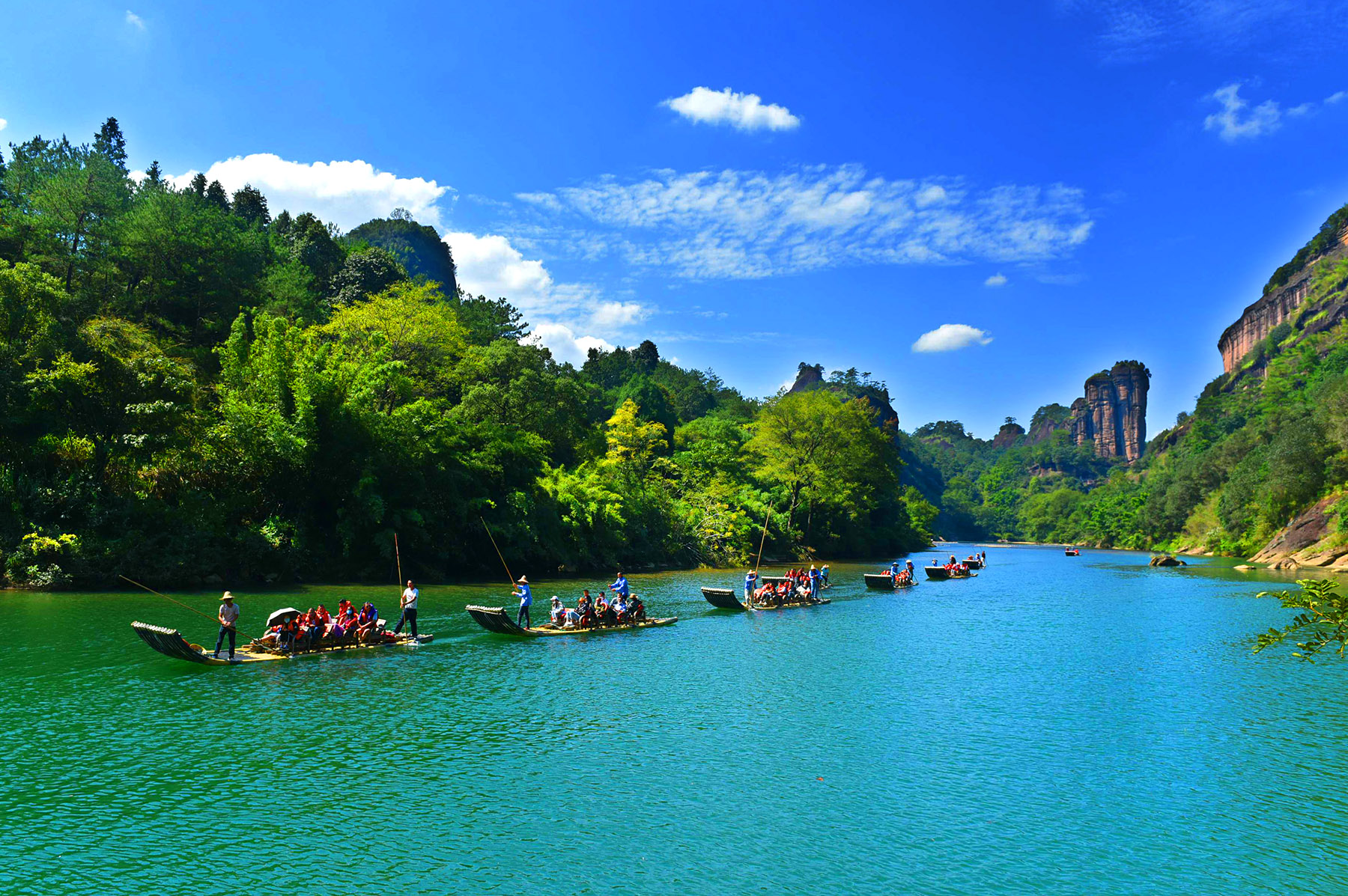
Mount Wuyi is a masterpiece of nature — encircled by verdant peaks, nourished by drifting clouds, and sculpted by the region's unique danxia landforms. It has been a UNESCO World Heritage site for its cultural, scenic and biodiversity values since 1999.
The red sandstone cliffs and mineral-rich soil provide the perfect cradle for tea trees to thrive.
Among the most prized oolong teas, Wuyi rock tea — semi-fermented and revered for its signature character — is celebrated for what connoisseurs call "the rock's strength and the flower's fragrance".
My exploration into the tea culture of this heritage site in the northwestern part of Fujian province starts at the Ruiquan rock tea museum.
READ MORE: A fusion of many facets
The moment I step inside, the faint, smoky-sweet aroma of roasted leaves envelops me, evoking memories of quiet afternoons in ancient gardens.
Huang Shengliang, provincial inheritor of the Wuyi rock tea (Dahongpao) production technique, greets me with a light smile.
"Let me show you how rock tea comes to life," he says, motioning me deeper into the chambers.
Visitors to the museum can observe traditional methods of tea production, such as cooling, stir-frying and kneading, while sampling a variety of tea and appreciating tea rituals.
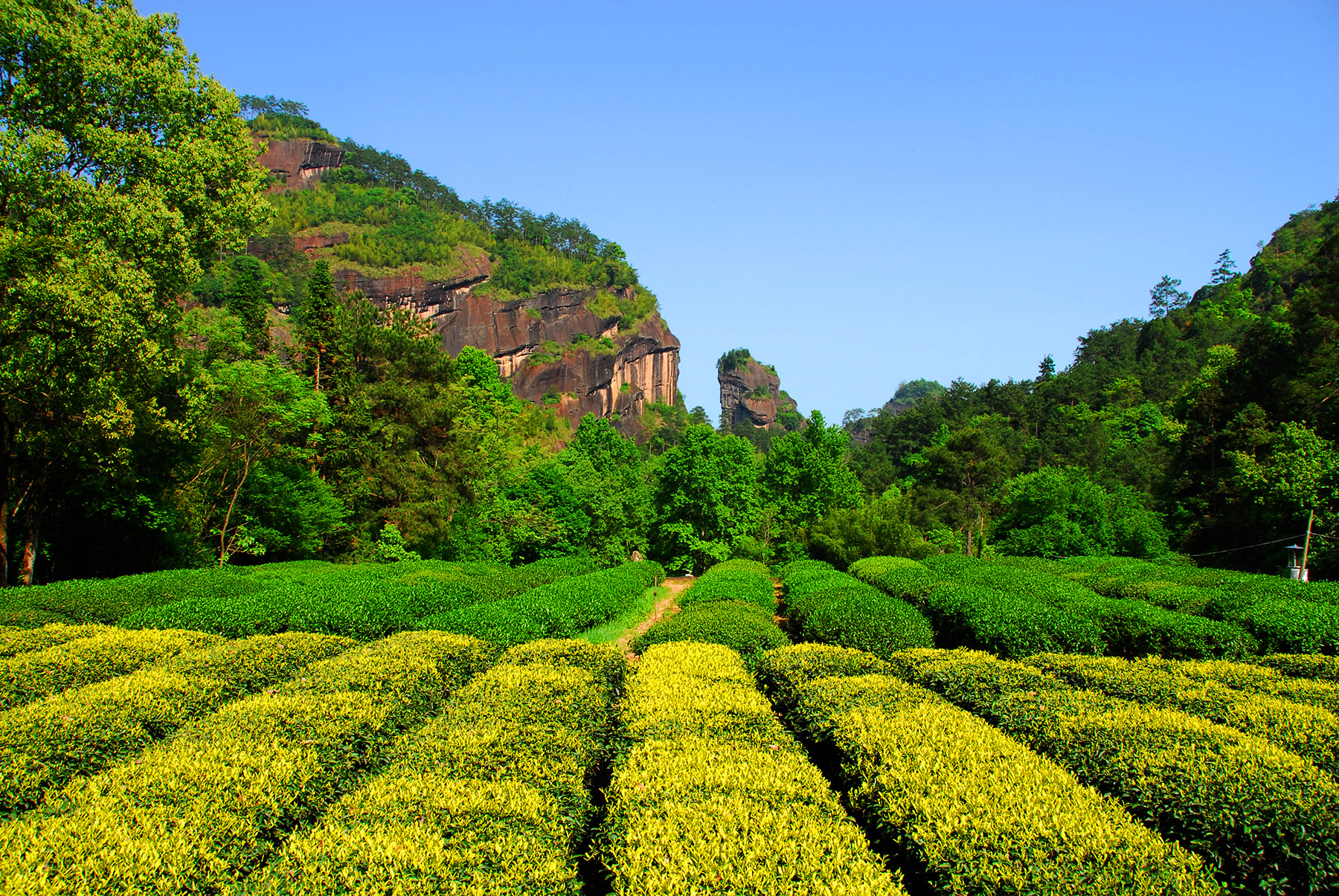
The secret behind this distinctive flavor lies in the tea's intricate craftsmanship, Huang explains.
The first step is shai qing (sun withering), to soften the leaf just to the right extent.
"Too little sun, and it stays asleep; too much, and the fragrance dies," he says.
Inside the processing room, bamboo trays of tea leaves are stacked in neat rows. Huang places his hands on one tray and gives it a firm shake. The leaves rustle and roll, releasing a faint green aroma into the air.
"This is yao qing (rocking the leaves). Each shake bruises the leaf edges slightly, allowing oxidation to begin," he says. He looks at me and adds softly, "This is the soul of oolong tea — we call it 'si qu huo lai', meaning 'dying and coming back to life'."
The phrase lingers in my mind. In the rhythmic motion of his hands, I think about man and nature, as well as a balance between control and surrender.
The scent of tea gets sharper as we enter the sha qing (killing the green) room, where an array of woks tilted at a 45-degree angle is on display. This is where the unique semi-fermented character of Wuyi rock tea is fixed.
The temperature soars over 220 C and the challenge is to know the fire.
"You can't touch it directly, or your skin will blister," Huang says, laughing lightly.
"Too fierce, and the tea burns; too gentle, and it lacks spirit."
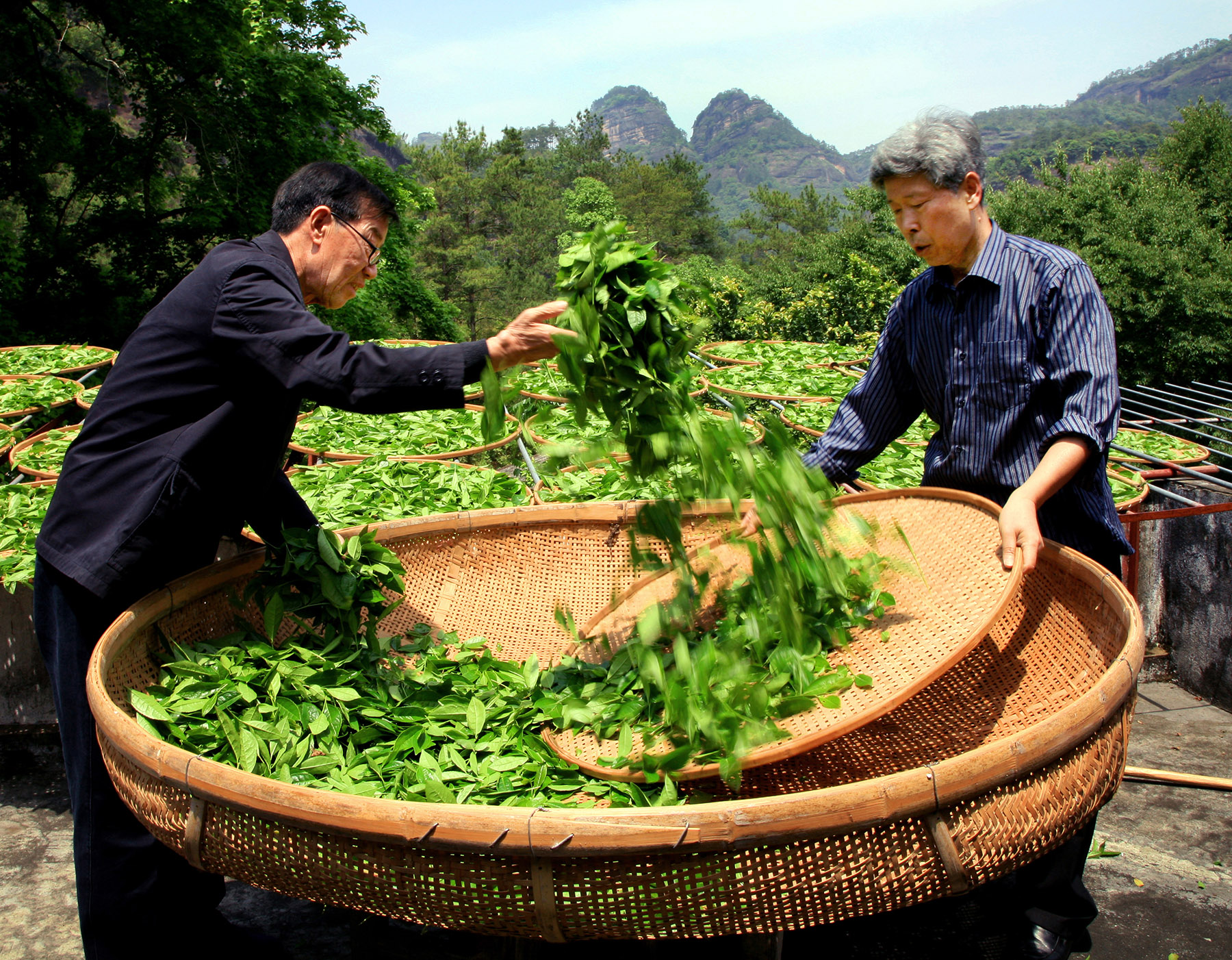
The loose, flat leaves emerge softer and more pliable. While still warm, they are moved to a bamboo tray etched with a crosshatching pattern, ready for rolling. Here, the leaves are kneaded into tight, dark strips.
"Once roasted, these strips will look like little dragons. This is why it's called oolong (black dragon) tea," he says.
The labor behind tea-making becomes clearer in the final roasting room, where waves of heat, smoke and fruity fragrance jump at me.
The discomfort soon gives way to amazement, as Huang shows me the delicate temperature control.
"We layer ash on the burning charcoal. Thin ash for heat, thick ash to calm it. The tea must 'breathe' slowly through the night," he says.
He gently lifts a layer of tea, releasing a rush of warm aroma. "This part takes 15 to 20 hours. We stay up all night with the fire. The aroma you smell — that's patience."
In the museum's final gallery, I stand before a display of more than 5,000 tea artifacts spanning from the Tang (618-907) to the Qing (1644-1911) dynasties, featuring ancient stone grinders and teaware.
Mount Wuyi today boasts approximately 10,000 tea brands, and visitors can easily meet households offering tea-making, tasting and ritual demonstrations.
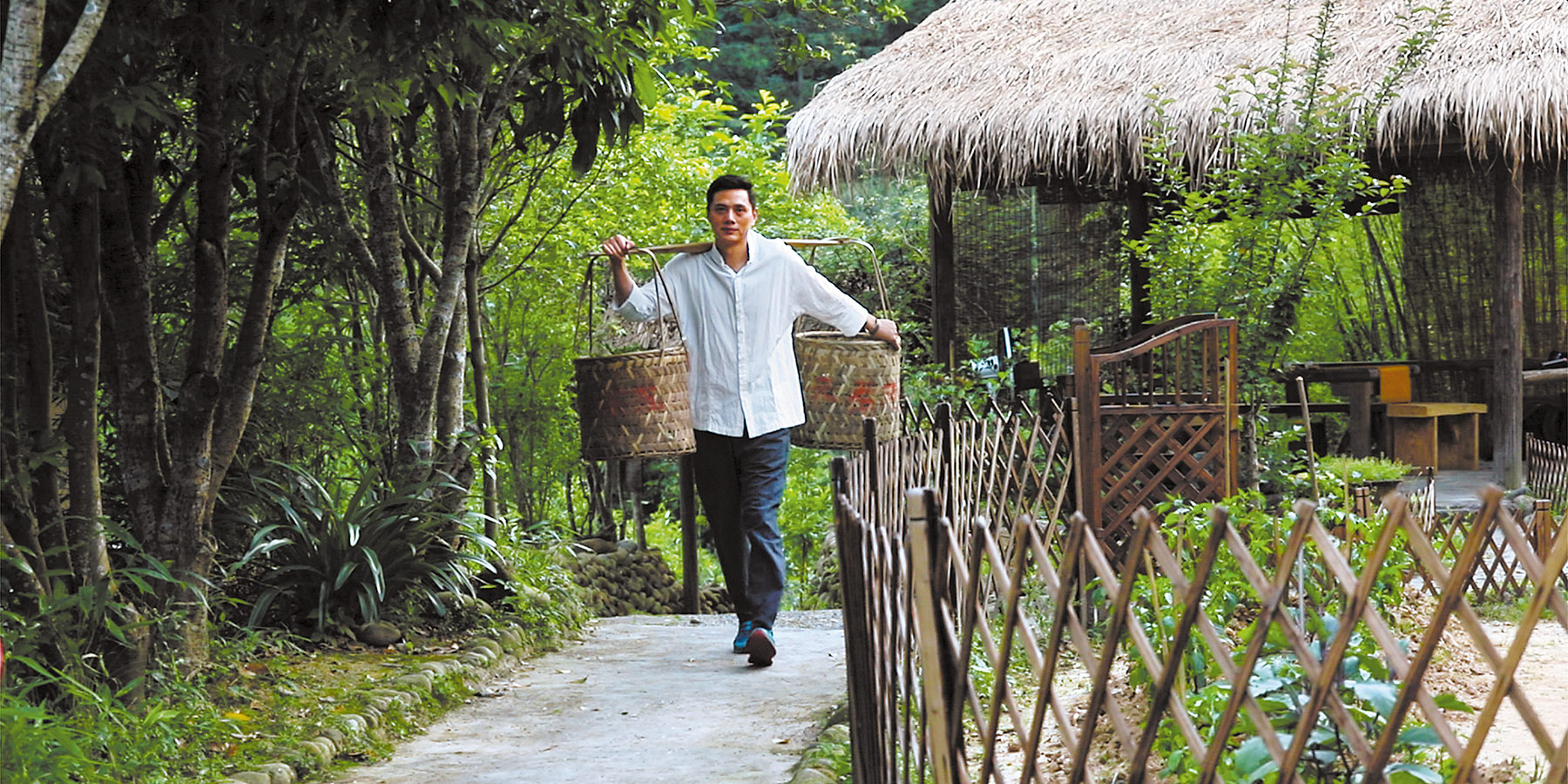
Magic in a bowl
After bidding farewell to Huang, I take a bamboo-raft ride on the Jiuqu (Nine-bend) River that gurgles through a valley beneath Mount Wuyi.
The clear, emerald water reflects a living landscape painting, a poetic embodiment of the region's scenery.
At night, I make my way to an unassuming residential building, where Zhang Zhifeng performs his magic with a gentle turn of a tea bowl. A bold Chinese character fu materializes on the frothy surface, drawing gasps from many other visitors around me.
"This is how Song Dynasty (960-1279) scholars welcomed guests," explains Zhang, an inheritor of the chabaixi or tea painting tradition.
As I settle at his demonstration table, he shares how this Tang-origin art has consumed 40 years of his life.
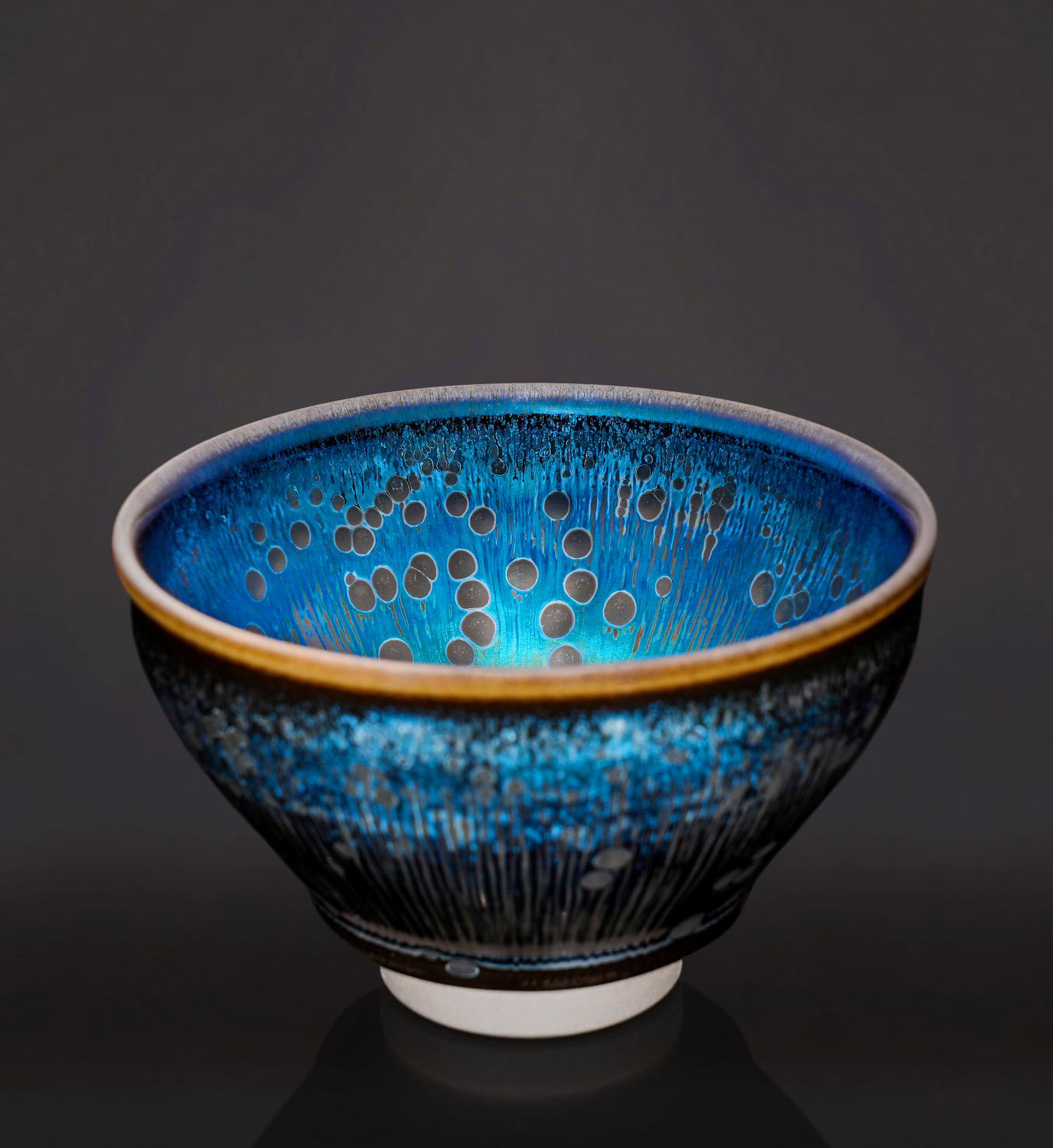
The journey began in 1983 when he discovered ancient descriptions of tea painting as a student.
"Everyone said it was pointless," he recalls. "But my mentor insisted uncovering lost traditions was our duty."
What makes it truly magical is that the artist uses only clear water to create intricate patterns on the tea's surface.
I watch in amazement as Zhang dips his ladle in water and begins painting. Slowly, the dark tea foam reveals the outline of a blooming flower — no pigments, just water and flawless technique.
He explains this isn't like modern latte art. Instead, it's about using water to manipulate the tea foam's density, creating contrasting shades within a single color.
Each tool carries a poetic name and personality. For instance, the tea whisk, called the marshal, commands and transforms the liquid into a structured, frothy "army", ready for the battle of creation.
I can see the obsession and passion of Zhang as he goes all out to show me the charm of the ritual that represents a conversation between tea, water and human creativity.
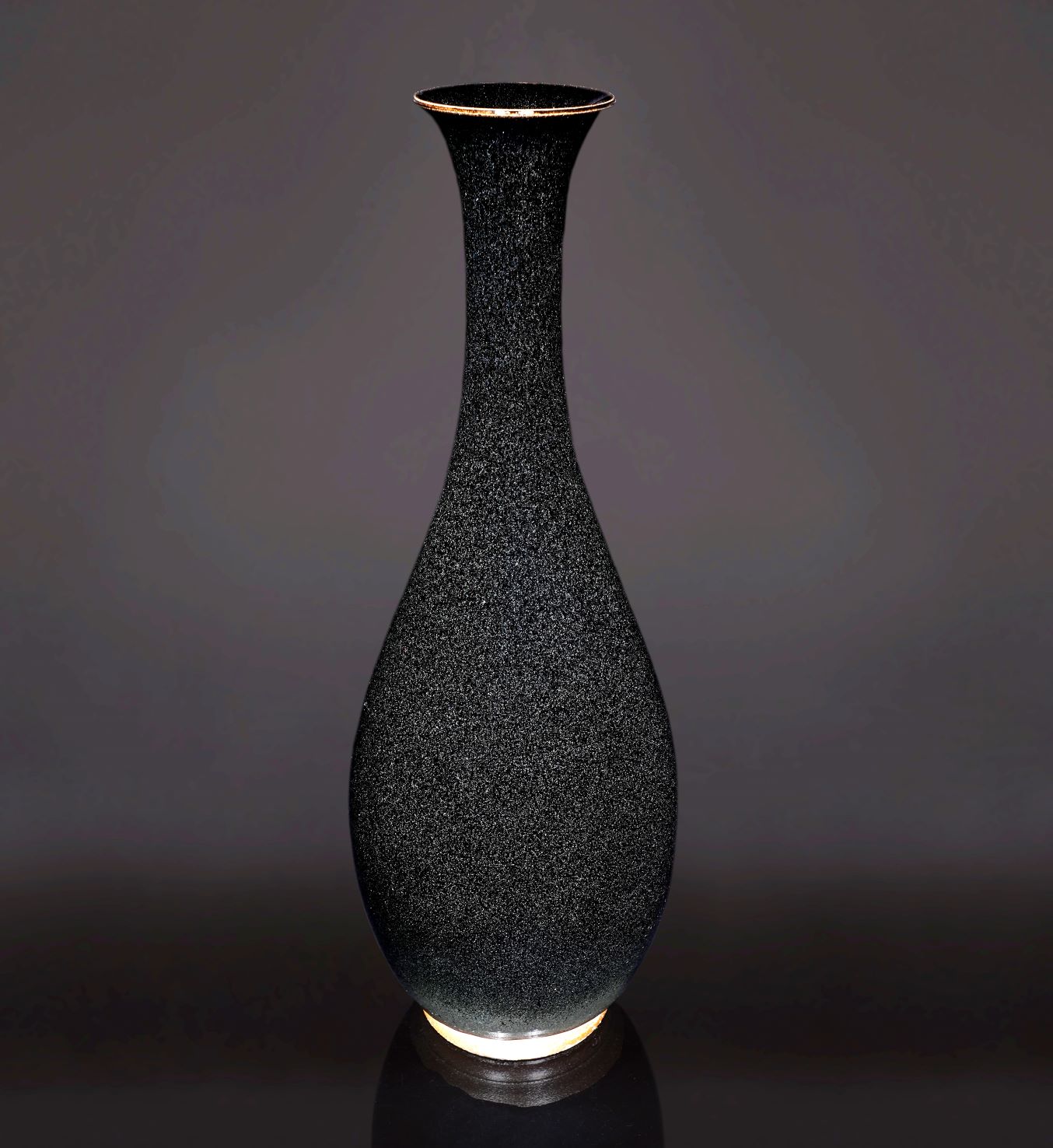
Enduring glaze
After experiencing the tea and ritual, I drive an hour to Jianyang to explore the birthplace of Jianzhan, or Jian ware, the historical vessel central to traditional tea culture.
I come across Liao Chengyi at a Jianzhan workshop in Houjing village.
Before I get to see any Jianzhan items, a 30-meter-long dragon-shaped wood-fired kiln immediately hits me between the eyes and knocks the wind out of me.
Built along the mountain's natural slope, the kiln resembles a crouching dragon, its head low and tail high, with dozens of small stokeholes running along its spine.
"The structure itself is wisdom. It uses the mountain's slope to control airflow, turning gravity and wind into part of the process," Liao explains.
Unlike electric kilns, which offer precision and predictability, wood firing thrives on uncertainty. Pine logs feed the chamber continuously for days — sometimes over 72 hours — reaching temperatures above 1,300 C.
"The flames dance unpredictably, carrying ash that settles onto the glaze, forming unrepeatable textures and colors," Liao says.
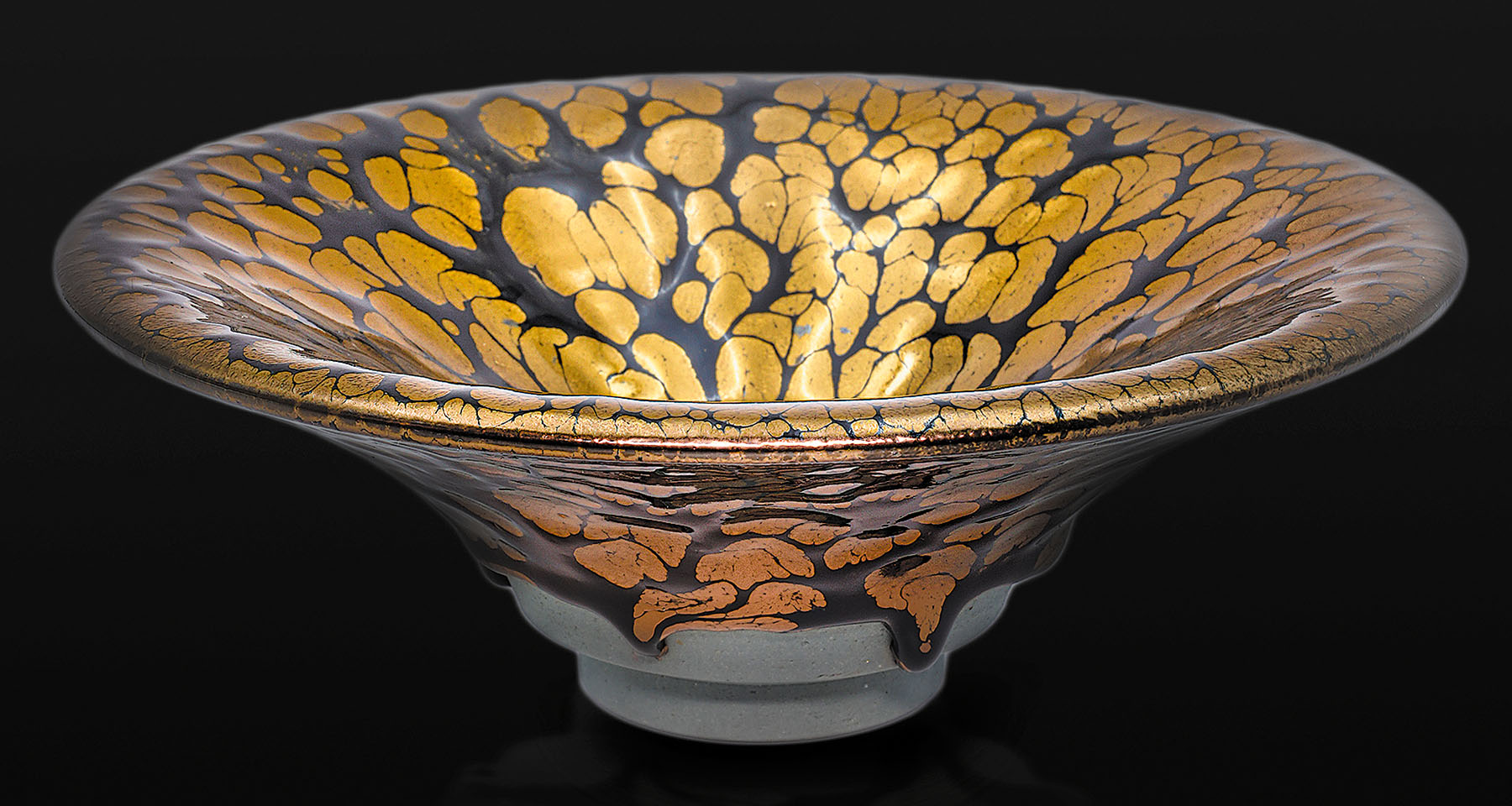
He hands me a bowl with starkly different interior and exterior glazes — persimmon red outside, raven black within. "This is the mark of wood firing, and electric kilns can't replicate this natural beauty," he adds.
Jian ware dates to the late Tang and peaked during the Song Dynasty, when tea-whisking competitions were all the rage. Their black glaze highlighted the frothy white surface of whipped tea.
Over time, as tea culture changed and porcelain from Jingdezhen, Jiangxi province, gained dominance, Jian ware faded from the mainstream. Its revival, Liao tells me, began in the 1980s with the re-creation of the Song-style "hare's fur" glaze.
ALSO READ: The soul of Fujian cuisine
Today, a number of artisans like Liao have restored the ancient techniques, giving rise to diverse intriguing patterns including oil spots and partridge feathers.
As I look at their reflection magnified by a microscope, it strikes me that beauty can be born from uncertainty.
Both tea and pottery in the northern mountains of Fujian remind me that creation is never fully within human control.
Yang Jie contributed to this story.
Contact the writers at yangfeiyue@chinadaily.com.cn



